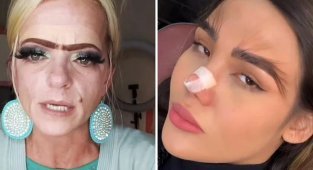The ancient Greeks considered eyebrows to be an indicator of intelligence, so bright, wide and long, almost merging eyebrows were considered beautiful. 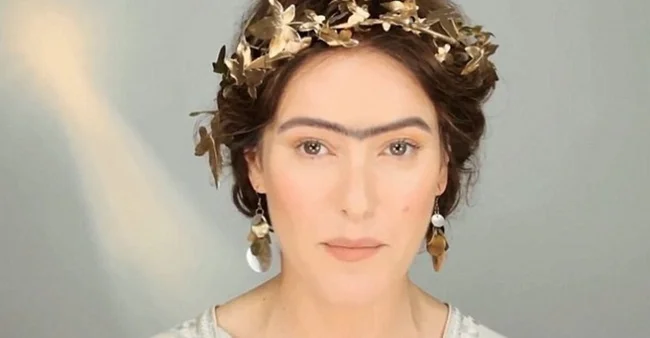
It's similar to what we now call a "unibrow", but not quite the same.
The unibrow is very popular in some Eastern cultures, where many women naturally have it. And those who don’t, draw, and it’s really “mono”, that is, a single line crossing the forehead above the bridge of the nose. 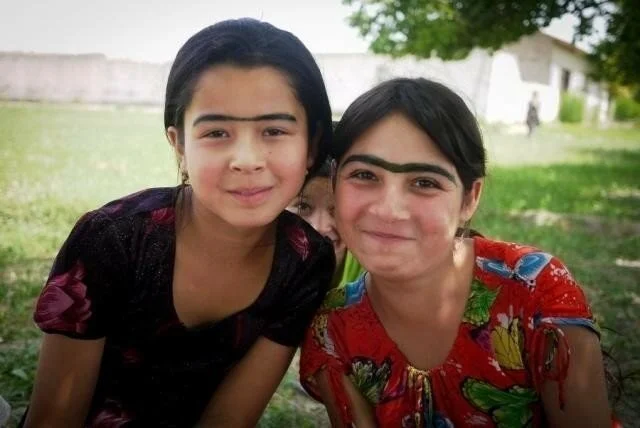
And Greek ancient images still show two arched eyebrows, but starting so close that they almost merge. However, the tips of each eyebrow still look down and do not meet one another.
These eyebrows were considered an important sign of intelligence and seemed very beautiful. 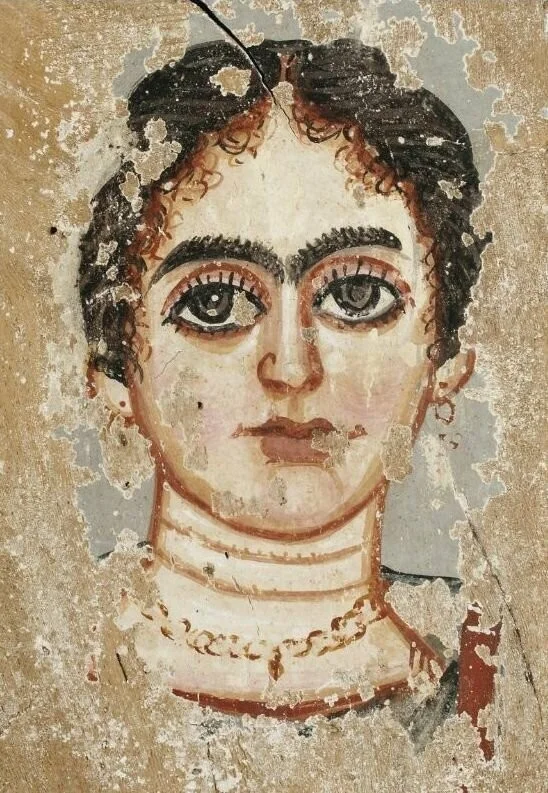
These are the eyebrows that are called “Greek” (and in the top photos it’s just a unibrow)
Moreover, in some periods, drawing on eyebrows was considered indecent (this was the lot of hetaeras), and in others, on the contrary, and then there were immediately more beautiful women in Greece. It’s not for nothing that the word “cosmetics” is of Greek origin, and this cosmetics began with eyebrows. 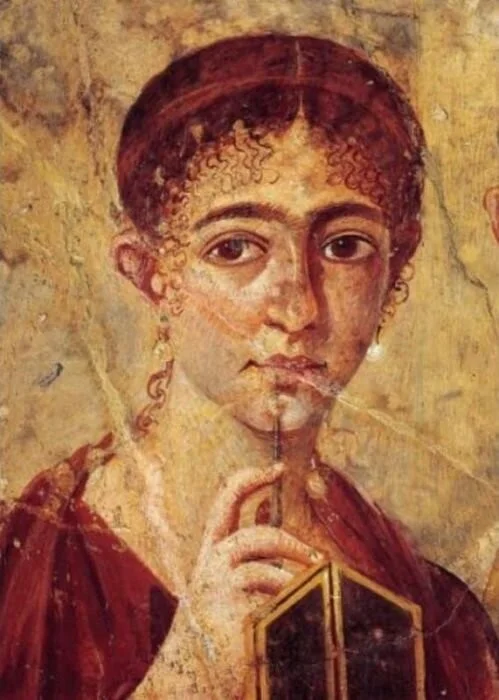
We drew on our eyebrows with charcoal mixed with oil (this lipstick made the eyebrows not only dark, but also shiny, which was also a plus). And they even made completely artificial eyebrows from goat hair, which had to be glued on with tree resin.
It is interesting that on the ancient statues there is nothing said about any special eyebrows - but in fact, these statues were painted, so their eyebrows were most likely very expressive.
0 comments
